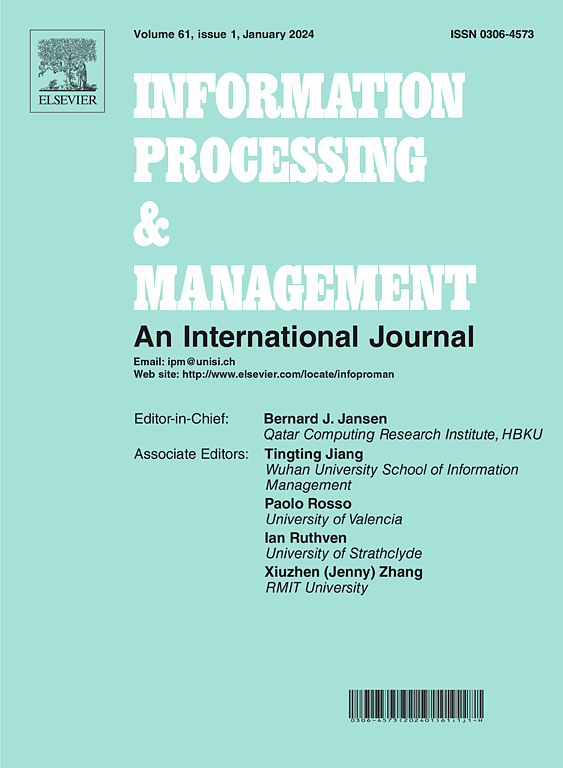Classification and severity assessment of disaster losses based on multi-modal information in social media
IF 7.4
1区 管理学
Q1 COMPUTER SCIENCE, INFORMATION SYSTEMS
引用次数: 0
Abstract
Capture and fine-grained classification of disaster loss information, combined with severity assessment are essential for emergency management departments to carry out effective emergency rescue measures. With the rapid development of social media platforms, the vast amount of user posts on social media provides critical disaster loss information during disasters. In this study, a fine-grained multimodal information-based disaster losses classification (MIDLC) model is proposed to identify the different types of disaster losses from massive social media data. This model uses three datasets, i.e., microblogging posts, government announcements about public events, and microblogging images. The disaster losses are divided into five types, i.e., casualties, houses and buildings collapse, municipal infrastructure damage, public service facilities damage, and impact on production and daily activities. Subsequently, this study proposes a disaster loss severity assessment system to evaluate the severity of different types of disaster loss reflected by social media, guiding targeted rescue response activities. The severity assessment system measures the severity from four dimensions: event information characteristics, information dissemination strength, official response, and user emotional volatility. Finally, the proposed MIDLC model and the severity assessment system are illustrated by investigating three disaster events. Results show that the MIDLC model proposed in this study significantly improves the performance of disaster losses classification. In these five disaster loss types, positive correlation exists between the casualty losses and houses and buildings collapse losses.
基于社交媒体多模态信息的灾害损失分类与严重程度评估
灾害损失信息的获取和细粒度分类,结合灾害严重程度评估,是应急管理部门开展有效应急救援的必要条件。随着社交媒体平台的快速发展,社交媒体上大量的用户帖子在灾害发生时提供了重要的灾害损失信息。本研究提出了一种细粒度多模态信息灾害损失分类(MIDLC)模型,用于从海量社交媒体数据中识别不同类型的灾害损失。该模型使用三个数据集,即微博帖子、政府关于公共事件的公告和微博图片。灾害损失分为人员伤亡、房屋建筑物倒塌、市政基础设施破坏、公共服务设施破坏和对生产和日常活动的影响五种类型。随后,本研究提出了灾害损失严重程度评估体系,评估社会媒体反映的不同类型灾害损失的严重程度,指导有针对性的救援响应活动。严重性评估体系从事件信息特征、信息传播强度、官方反应、用户情绪波动四个维度衡量事件严重程度。最后,通过对三个灾害事件的调查,对所提出的MIDLC模型和严重性评估体系进行了说明。结果表明,本文提出的MIDLC模型显著提高了灾害损失分类的性能。在这五种灾害损失类型中,人员伤亡损失与房屋建筑物倒塌损失之间存在正相关关系。
本文章由计算机程序翻译,如有差异,请以英文原文为准。
求助全文
约1分钟内获得全文
求助全文
来源期刊

Information Processing & Management
工程技术-计算机:信息系统
CiteScore
17.00
自引率
11.60%
发文量
276
审稿时长
39 days
期刊介绍:
Information Processing and Management is dedicated to publishing cutting-edge original research at the convergence of computing and information science. Our scope encompasses theory, methods, and applications across various domains, including advertising, business, health, information science, information technology marketing, and social computing.
We aim to cater to the interests of both primary researchers and practitioners by offering an effective platform for the timely dissemination of advanced and topical issues in this interdisciplinary field. The journal places particular emphasis on original research articles, research survey articles, research method articles, and articles addressing critical applications of research. Join us in advancing knowledge and innovation at the intersection of computing and information science.
 求助内容:
求助内容: 应助结果提醒方式:
应助结果提醒方式:


